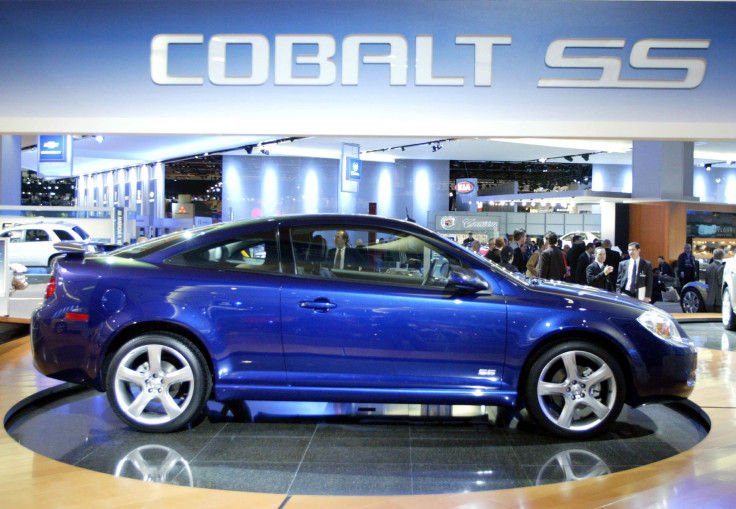General Motors Ignition Switch Debacle: Could Families Sue The 'New' GM For What The 'Old' GM Did?

General Motors Co. (NYSE:GM) executives had hoped to begin this year anew, in recovery from the company's 2009 Chapter 11 bankruptcy, but it seems the past will continue to haunt the world’s second-largest auto manufacturer. GM just began a recall of 1.6 million cars to replace faulty ignition switches that can cause the car to shut down in motion, leading to hazardous driving conditions that have been linked to 13 fatalities and 31 crashes in the U.S. since 2004.
The company has until April 3 to respond to more than 100 questions from the National Highway Traffic Safety Administration (click here to read the PDF) about the recall. The NHTSA itself is under scrutiny because it dismissed hundreds of complaints from car owners over the years about cars stalling in motion.
As more details are released about the recall, it’s becoming clear GM has a corporate bureaucracy that’s slow to respond to safety issues. CEO Mary Barra said recently that she was only informed of the problem on Jan. 31 after deliberations by internal committees who insulate corporate higher-ups, and Robert Lutz, who was vice chair of global product development when subordinates were studying the ignition switch issue, last week vehemently denied to the New York Times knowing anything about the issue.
The NHTSA could slap the automaker with a civil fine of up to $35 million if it finds that GM knew about a safety problem and didn’t inform the federal safety watchdog within the legally required five business days. The company could also face charges from the U.S. attorney’s office, which is currently going after Toyota, the world’s largest automaker, for the way it disclosed sudden acceleration problems in its vehicles. But $35 million is a relative drop in the bucket compared to what it pays out in product liability claims, which amounted to $601 million in 2012, according to a Securities and Exchange Commission filing last year.
How much GM could wind up paying out in product liability claims related to the ignition switch recall will depend on how many accidents occurred after the company was turned from General Motors Corporation (aka the “old GM”) into General Motors Company, the “new GM.”
When it comes to litigation, the new GM in not liable for any sins committed by the old company.
“The analogy is if someone committed fraud while he was alive; you can go after the assets of the estate of the deceased, if there are any assets,” said John Bird, a bankruptcy lawyer for Fox Rothschild LLP in Wilmington, Del. “The old GM is dead. This is a new GM, with new hands and new shareholders.”
Essentially the new GM is protected from legal liabilities of the old GM, which still exists as a shell company but doesn’t have any assets that could pay out liability claims. That means that anyone harmed by the ignition switch flaw prior to GM’s restructuring will not be able to sue the new GM. So far only two of the 13 fatalities in accidents involving cars that fall under the recall and recorded by the NHTSA occurred after GM’s bankruptcy: one involving a Pennsylvania woman in January 2010 and another from a female driver in Georgia in March of the same year.
The recall includes six models: the Chevrolet Cobalt (2005-2007 model years), the Chevrolet HHR (2006-2007), the Pontiac Pursuit (2005-2006), the Pontiac Solstice (2006-2007) the 2007 Pontiac G5, the Saturn Ion (2003-2007) and the 2007 Saturn Sky.
© Copyright IBTimes 2024. All rights reserved.






















